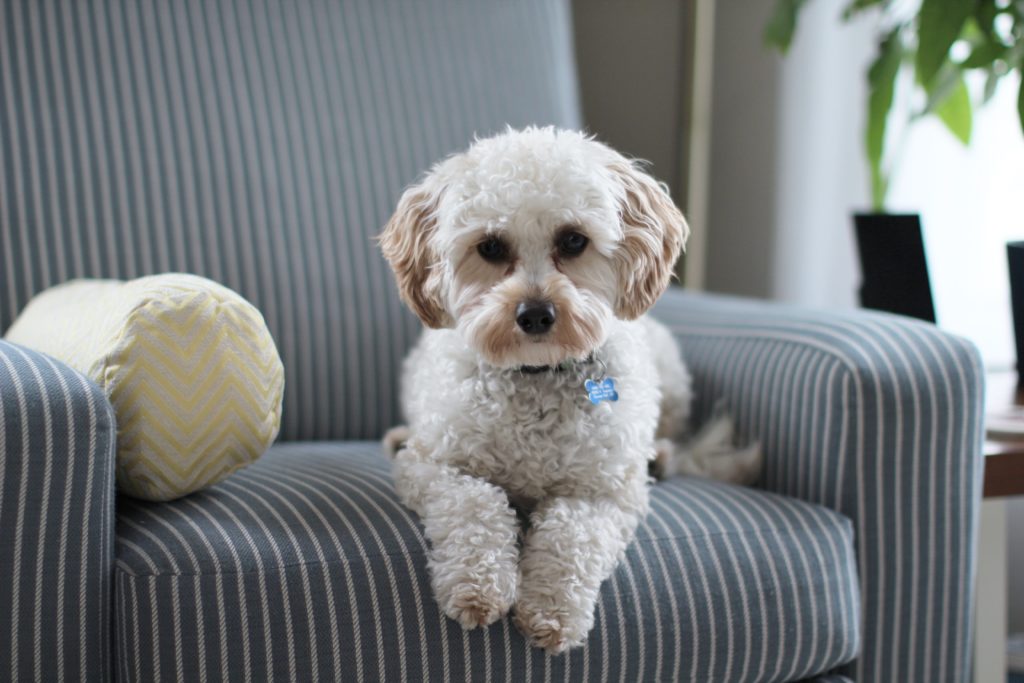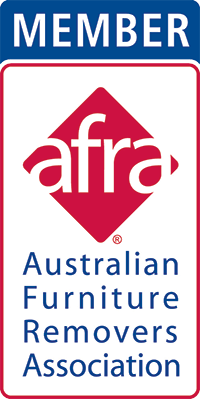How To Help Your Dog Settle Into A New House

So you’re about to move house. You have set the date, organised the removalists, started the ordeal of packing but have you considered your furry friends? While dogs usually move and settle better than cats, it’s worth taking the time to ensure your furry friend is comfortable and at ease with their new house. These are some great steps to ensure it’s a smooth move for everyone.
Organise a moving day playdate
Getting a family member or friend to look after your dog on moving day will allow you to move safely (no falling over the dog) and keep your dog calm. Ideally keep your dog at their house until the house is somewhat settled. Having the familiar furniture and dog toys in place before they arrive will allow them to understand that this is their belongings but in a new location. It will come as less of a shock.
Take them outside ASAP
As soon as your furry friend arrives at their new house, take them outside. Show them where you want them to go to the toilet and set expectations on how to behave in their new home. Treat toilet time as you would with a puppy, lots of encouragement and rewards when they do the right thing.
Pack their items last and unpack them first
Ensure that your dogs favourite belongings and toys are around until it’s time to leave and as soon as they are in the new home. Seeing their belongings and toys in the new house will help them settle and understand that this is their place too.
Take them for a walk around the neighbourhood
Once everything is in place at the new house, take your pooch for a walk around the neighbourhood. Show them the local streets, introduce them to the new smells and help them understand the area they are now living in.
Make sure your new house is safe
It is very important to ensure the new house is safe and ready for your furry friend. Check fencing and gates to see if they will be secure for you pooch. Check the shed, garage and shelves at nose level for any poisons and remove any chewable items. It may be worth completing a sweep of the garden to ensure no hazardous substances have been spread that you are unaware of.
Keep your normal schedule
Try to keep your dog’s schedule as normal as possible. Take them on their walks, feed them at their usual time, engage with play and place them in a similar environment at night. Keeping everything as normal as you can will help to settle them more quickly into their new environment.
Be there for them
If possible arrange to be home for the first week. By being there you can help them become familiar with their environment and ensure they don’t engage in any destructive behaviours or try to flee. You can also observe how they are acting in their new space. If staying at home for the week isn’t possible, have someone drop in and check on them when they can.
Be patient
Introducing your dog to a new environment is a bit like having a puppy again. Training may go out the window and your pooch may engage in behaviours that they were not doing before. Go back to the basics and be patient, settling may take a while but with the right encouragement they will grow to love their new home as much as their last.




